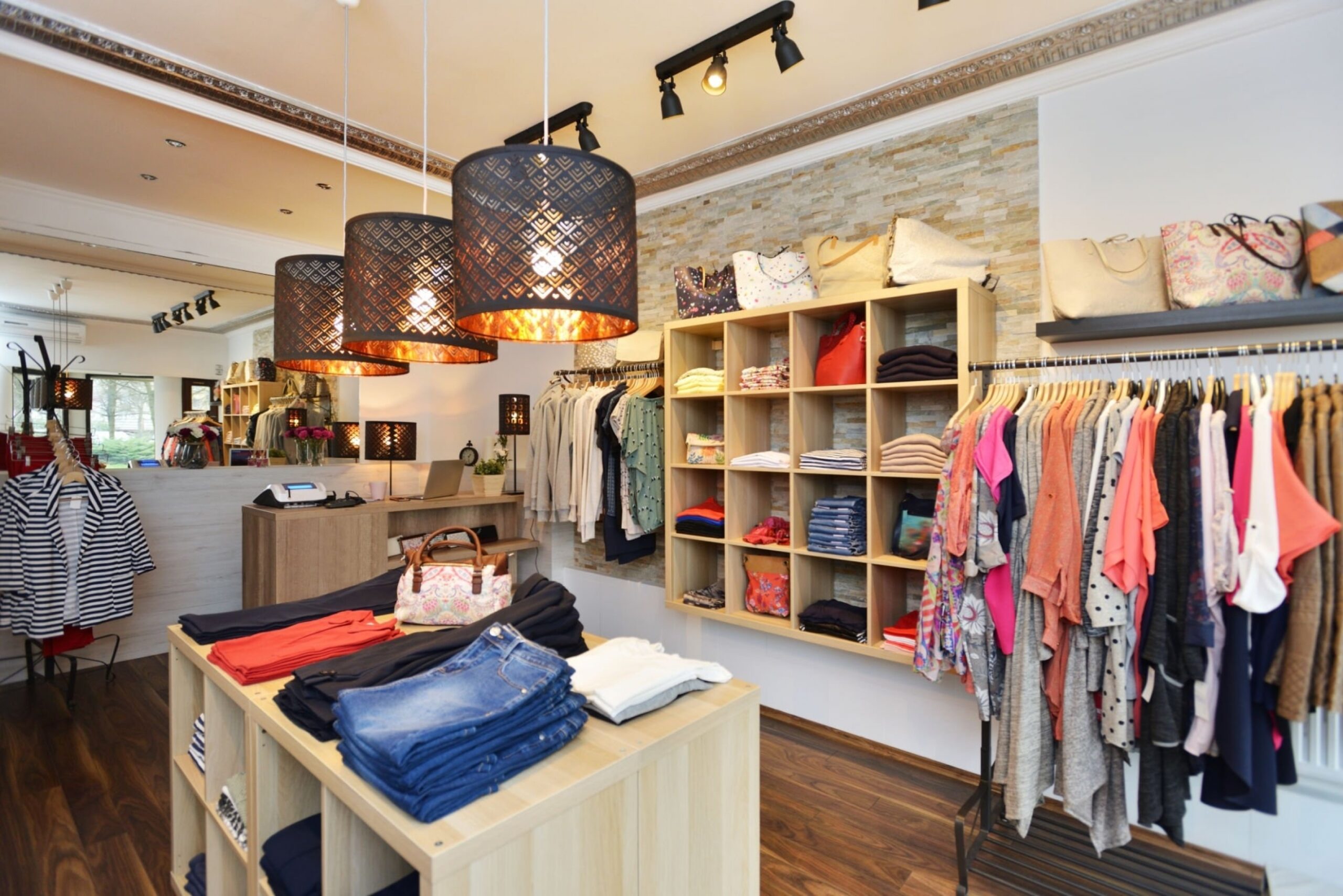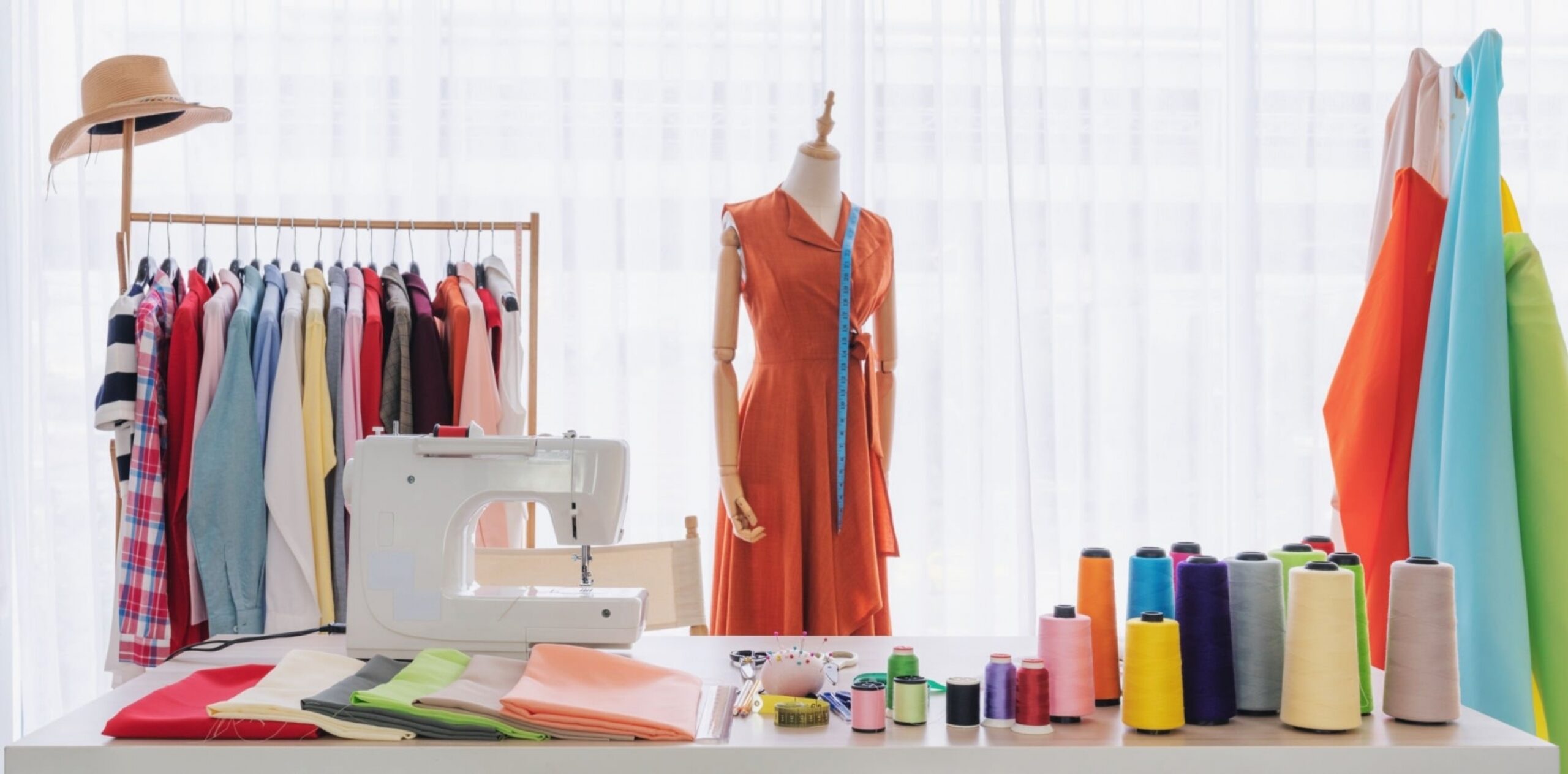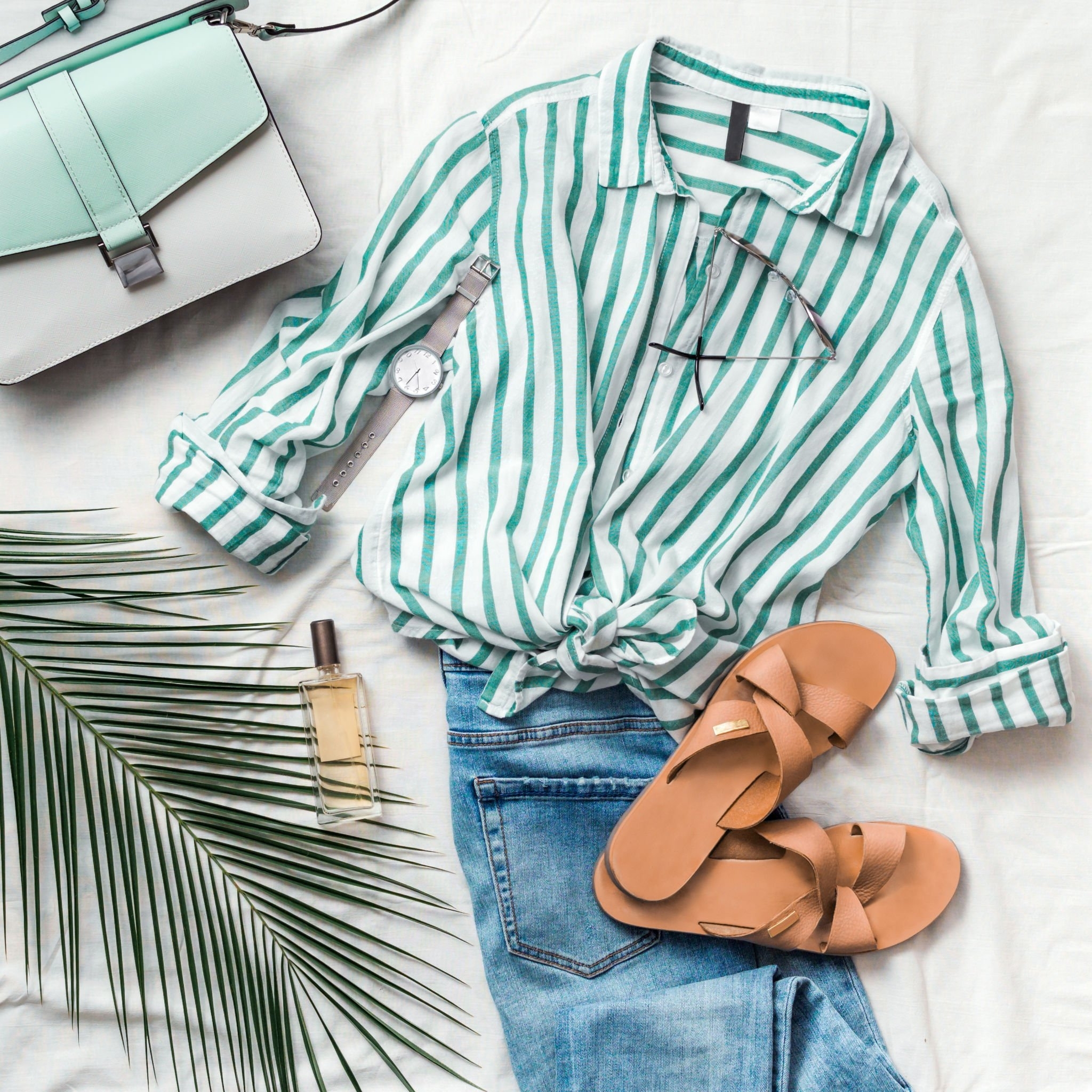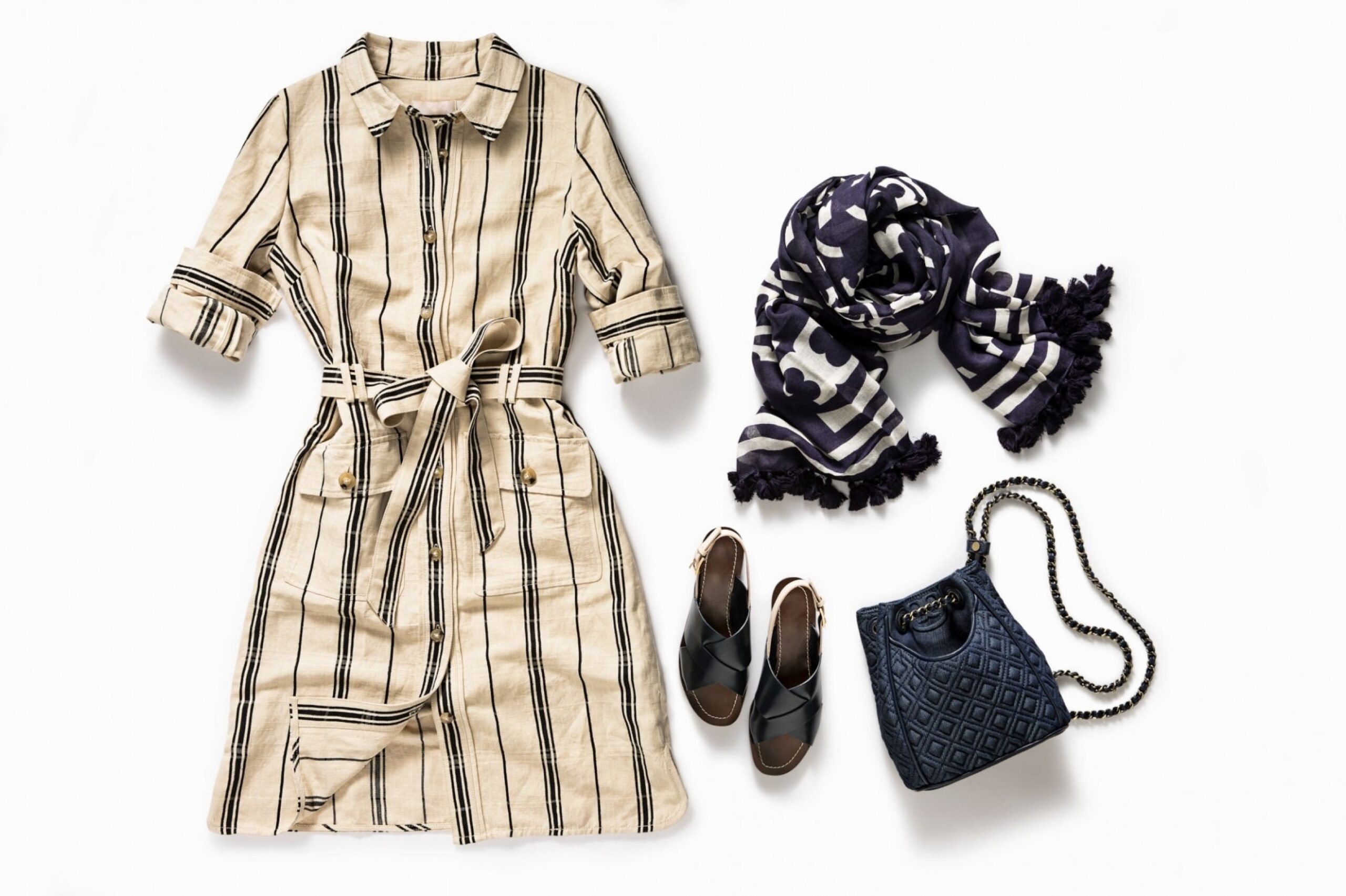Fashion is a booming industry, with every passing year introducing new designs and trends. Finding the perfect garment for yourself or your brand cannot be easy with a wide variety of options. Luckily, some labels and trims help you stand out from the crowd. These trims in fashion can be found in the lining of most garments today, and they make all the difference. Read what trims in fashion are available and how to use them in your daily outfits.
DIFFERENT TYPES OF FASHION TRIMS FOR GARMENTS AND ACCESSORIES
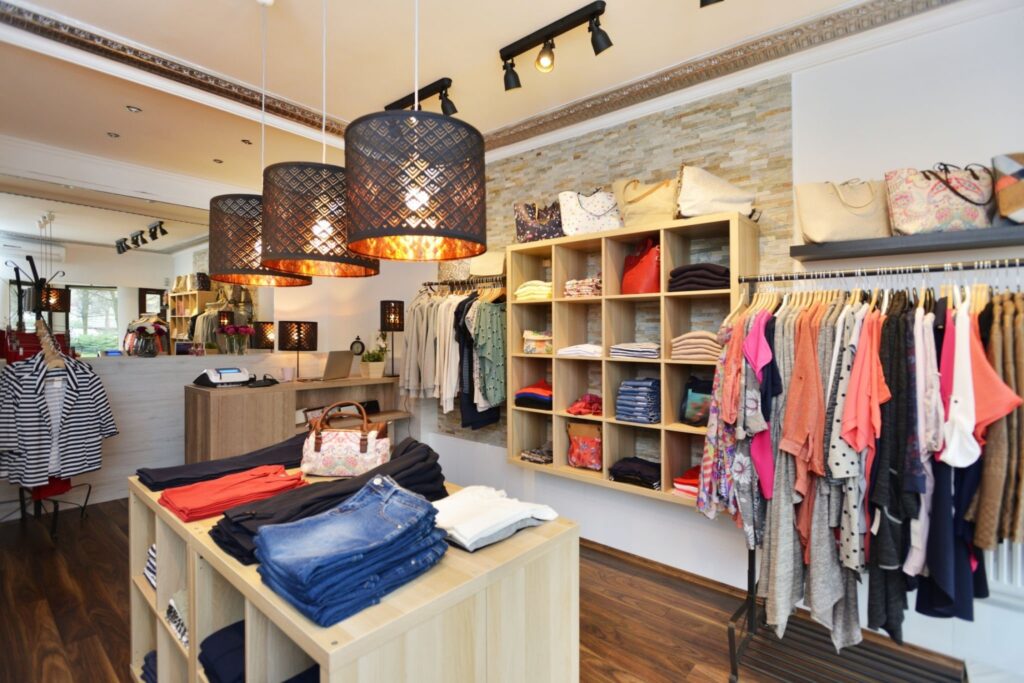
Seamless labels are the most popular form of trims for garments and accessories. These are made of a fabric glued to the garment’s surface. Sewn labels are sewn onto the garment’s surface using special stitches. Printed labels are printed onto a special label stock and then attached to the garment. Bonded labels are made of a flexible film bonded to the garment’s surface. Jacquard labels are created using a Jacquard machine, which prints patterns onto the fabric. This process allows for intricate designs and unique colours impossible with other trims. Besides, the method allows for sewing without gaps or overlaps, making it desirable for customizing garments and accessories.
In addition to their various types, garment trims come in various sizes, shapes, and designs per customers’ preferences. This makes them suitable for appealing garments of various shapes and sizes. Also, these trims add style and elegance to apparel items, making them popular among consumers of all ages.
- How to start a fashion consultant businessFashion is about expressing yourself, and what better way to do that than through clothes? Whether you are a designer, blogger, business owner, or fashion enthusiast, you may have thought… Read more: How to start a fashion consultant business
- 7 Steps to Import Fashion bulk Clothing from ChinaWhen it comes to sourcing clothes from China, you’d be surprised that the country is the largest clothing supplier in the world. It is a country of fashion with good… Read more: 7 Steps to Import Fashion bulk Clothing from China
- How to find China clothing manufacturer (Tips and strategies)When you decide who to manufacture clothing from, you will do well to consider sourcing raw materials from China. There are many reasons for this—and the main one is cost.… Read more: How to find China clothing manufacturer (Tips and strategies)
- How to write a business fashion planIt is no wonder fashion is an industry with constant innovation. It is a business that requires constant research and development to stay on the top of the mind of… Read more: How to write a business fashion plan
- Skills to help you succeed as a fashion consultantIf you’re interested in becoming a fashion consultant, developing the skills above is essential. A strong understanding of fashion trends and popular styles will help you identify what is trending… Read more: Skills to help you succeed as a fashion consultant
- The competitive advantage of Vietnam clothing manufacturersVietnam is one of the fastest-growing apparel industries in the world. This industry has been on an upward trajectory since 2010, and it’s expected to grow further in the years… Read more: The competitive advantage of Vietnam clothing manufacturers
SEWING THREAD
Various types of sewing threads are available on the market, each with unique properties. Some threads are made from synthetic materials, while others are made from natural materials. Some sewing threads are best suited for particular fabric types, while others may be better for delicate fabrics. Silk and cotton thread are typically used for delicate sewing fabrics, while other sewing threads are more suitable for sewing tough or stretchy materials. Brimming and binding thread is typically used to secure the fabric around the edge or in the middle of a garment. In addition to these thread types, polyester and nylon thread are often used for tougher fabrics or seam finishing. Choosing the right type of sewing thread for the task at hand is important, as improper thread choice can lead to sub-standard results in your garment.
Outlook:
Various types of sewing threads are available on the market, each with unique properties. Different types of sewing threads may be best suited for different tasks, so it’s important to carefully consider which type you will use before you begin sewing. Selecting the appropriate thread for your project will ensure that your garment or accessory looks visually appealing and fits properly without fail.
BUTTON
Button Trims are a popular type of trim used on garments and accessories. Buttons, also known as button fasteners, are made from various materials, including metal, plastic, and fabric. They are sewn onto the garment or accessory using a hand-sewing machine. Button trims give your apparel a polished look and can be customized to match your style. Whether formal or casual, the right button trim can instantly transform your outfit and make it look more professional and stylish.
Sometimes known as shank buttons, button trims are small trim pieces sewn onto the garment or accessory to give it a finished look. These trims can be made from metal, plastic, and fabric. They come in various shapes and sizes to suit different garment styles. If you’re looking for a way to add some extra pizazz to your closet but don’t have time to do much tailoring work, opt for button trims that can be easily added at sewing stores or online retailers.
ZIPPERS
Zippers come in a variety of different types and sizes to fit a variety of garments and accessories. They can close gaps and fasten the edges of garments and accessories, such as pockets and cuffs. They can also create a closure or draw together two sections of fabric. Some zippers include zipper tapes, waterproof zippers, and slider zippers.
Zipper tape is a cheaper option that can be applied to the outside of the zipper to help keep it from snagging. Zipper tapes are typically made from a flexible material designed to cover the zipper opening and protect it from damage. They can be applied by sewing, taping, or gluing them onto the outside of the garment. Slider zippers are perfect for garments with delicate fabric or details that need to be preserved. These zippers have a small button at one end, allowing them to slide easily over one another when fastened.
LINING, INTERLININGS, AND PADDING
Trimming is altering the appearance of a garment or accessory by adding, removing, or replacing an edge or piece of fabric. It can be used to alter the fit and appearance of a garment and is commonly done by sewing, gluing, or taping. The different types of trimming used in the fashion industry include lining, interlinings, and padding.
The lining is used to adjust the fit of a garment by adding or removing inches from the waist, hips, and bust. Interlinings create a tailored look by inserting fabric between the lining and the outer fabric. Padding is used to add volume or shape to garments or accessories. Different types of trimming are needed for each garment to ensure a precise and professional finish.
SNAP BUTTONS
There are various types of snaps used in the fashion industry. They include snap buttons, which are small plastic buttons that are used to fasten garments and accessories. These buttons come in various shapes and sizes and may be printed with logos or other designs. These buttons can easily secure closures in place without requiring additional sewing or sewing machine threads. They are easy to use and fasten securely in place. Other types of snaps used in the fashion industry include safety-threaded fasteners, toggles, and rivets. Safety-threaded fasteners are particularly popular for their ease of use and durability. These fasteners come with a special screw that allows for quick and secure attachment, making them ideal for high-stakes wear like parachuting or mountaineering.
EYES AND HOOKS FOR CLOTHES AND FASHION ACCESSORIES
There are a variety of different types of trim that can be used on garments and accessories. Some of the most common types of trims include eyelashes, hooks, and zippers. Eyelashes are a popular type of trim because they add a delicate touch to the look of your clothing. Hooks are used to fastening buttons, zippers, and other closures. Zippers can add an extra layer of security to your clothing. These trims are essential for ensuring that your clothes look great and stay in good condition over time. They can provide a finishing touch that makes your outfit shine!
Talking about various types of trims, there is no doubt that zipper trims are extremely popular. They can be added to any garment or accessory to make it look more stylish and stack-worthy. Zipper trims can also help keep your garment secure and in place while you are wearing it. Besides, they help save space in your wardrobe as they take up less space than other types of trims or sewing. Overall, there is no doubt that fashion trims are an integral part of the overall look of any outfit or garment.
DRAWSTRINGS AND EYELETS
Drawstrings and eyelets are common fashion trims that are used to create a variety of different looks for garments and accessories. They can be decorative or functional, depending on your type.
Different types of drawstrings and eyelets can affect the durability and longevity of your clothing, so it is important to choose the right trimming technique for the garment or accessory you are designing. Whether creating a t-shirt with an adjustable neckline or sewing buttonholes into a jacket, it is critical to ensure that you choose the right type of trimmings to suit your project.
LABELS
Labels are the part of the garment or accessory that you see. They can be made of different materials, such as plastic, metal, or fabric. Labels come in various shapes and sizes, depending on the garment they’re attached to.
Trims are the decorative embellishment at the end of the garment or accessory. They can be made of thread, beads, sequins, trimming tape, and fringe.
Types of labels and trims include:
Sewing labels and tacking labels for sewing and sewing machine tacking.
Embroidery labels for embroidery machines.
Tracing paper for photocopying machines.
Decals for sewing machines and sewing accessories such as bobbins and needles.
You can also use special sewing or tacking labels for special projects like sewing t-shirts together or sewing embroidery beads onto garments.
When applying labels and trims perfectly, following a few tips is important. First, ensure your sewing machine is properly adjusted before using any sewing or trimming label. Make sure your sewing machine thread is cleaned and tensioned before using a sewing label. Also, ensure your sewing machine stitch length is adjusted properly before using a sewing label. Finally, ensure your sewing screen is clean and debris-free before using a sewing label.
When applying a tacking label, ensure the tacking hole is appropriately sized for your tacking material. Also, let the tacking material dry thoroughly before applying it to the garment or accessory you’re talking to. Lastly, ensure your stitching is consistent even when applying a tracking label to ensure its securely attached to its target object. <
Different types of labels in Garments and other Fashion products
Several different types of labels and trims in fashion can be found in the fashion industry. Some of these trims are permanent, while others are removable or temporary. Different labels and trims affect the appearance and quality of a garment or other product. For example, permanent labels ensure that a garment or other product is high quality and matches its description. However, they can sometimes increase the cost of the item.
On the other hand, removable labels allow customers to customize the garment with different accessories or sizes. They also do wash and dry the garment easier but may need to be replaced more frequently. In addition, some labels are more environmentally friendly than others, depending on their materials and effectiveness at keeping dirt out of the garment.
Hang tags
Hang tags are a common accessory for clothing and accessories. They are usually made from sturdy paper or plastic and printed with the company outfit’s name, logo, or other information. Hang tags can be easily attached to garments using heat-based fasteners (such as rivets or buttons). In some cases, they may also include instructions for care and maintenance. These hang tags are often used to identify the source of clothing items, such as when promoting an eco-friendly clothing brand. They are also useful for keeping track of lost items such as wallets and keys. Hang tags may be applied at the factory or by the retailer when manufacturing a garment or selling an item of clothing.
Customizations of Trims, tags, and labels.
Labels are the most visible part of a fashion garment and play an important role in the finished product. They can be customized to reflect the wearer’s unique style and be used for marketing purposes. Various labels and trims are available on the market, and it’s important to choose the right one for your garment. Many options will suit your needs, whether you’re trying to brand your business or just looking to add a little personality to your outfit. From buttons and zippers to sewing thread and tassels, customizing labels is a great way to personalize your clothing and make it unique.
Sourcing Trims, Tags, and Labels.
When sourcing labels for your clothing design, selecting high-quality materials that withstand wear and tear is important. Trims, tags, and labels can be made from various materials, including paper, plastic, and metal. Choosing a label supplier that meets your specific requirements is important. Sourcing labels can be time-consuming, but selecting the right materials and getting the most out of your clothing design is worth the effort.
The right label choice can help improve your garment’s aesthetic and make it more appealing to customers. Additionally, selecting the right size label or shape can make it easier to assemble and store. When designing your garment with labels in mind, ensure that they complement the look of the garment and complement each other.
Frequently Asked Questions
WHY ARE FASHION TRIMS SO IMPORTANT?
Trims and labels can also help you get the best price for your clothing by increasing its resale value. In addition, they can enhance your wardrobe’s overall appearance by matching your outfit’s colour perfectly. Therefore, it is important to understand the different types of trims and labels used in the fashion industry.
What is the purpose of labels and trims in the fashion industry?
What are some tips for applying labels and trims correctly?
Another important tip for applying labels and trims correctly is to apply them from the centre outwards. Doing this will avoid wrinkles or creases in the fabric.
Finally, do not overapply labels or trims – they will cause wrinkles and creases in the fabric. A tailor’s trowel applies labels and trims the right way.
How do labels and trims help to identify clothing items?
Make sure to be aware of the legal rights of designers when it comes to their clothing labels and trims in fashion. This means knowing the laws in your country or region that govern intellectual property rights regarding clothing design (e.g., trademarks, copyright).
What Makes Denim in Turkey Become the world…
How to find Sustainable Activewear Manufacturer?
When shopping for clothing, look for clothes that have labels or trims in fashion that indicate they are made from organic, recycled, or sustainable materials. These labels may cost more than regular trims, but they are worth the investment if you care about the environment and want to impact the world around you positively.
How to Find a Reliable Fashion Sourcing Company…
Why Tech Packs Are Essential in The Fashion…
Tech packs are indispensable for the fashion industry, allowing designers and retail staff to organize and store various labels and trims. They are also portable, making it easy to transport them from one location to another in the fast-paced fashion business. Overall, tech packs are vital for fashion designers looking to stay organized and efficient while creating their next masterpiece.
How A Fashion Consulting Agency Helps You Grow…
Conclusion
The labels and trims of the garment or accessories make them look stylish. Without them, the product would be a piece of fabric. Your dress reflects who you are, so you must have labels and trims that perfectly match your personality and style. If you want to look fashionable, understand the labels and trams of fashion and how they can help you create a unique look. Read our blog, ‘ Creating A Style Statement: Labels & Trims in Fashion,’ to learn more.

